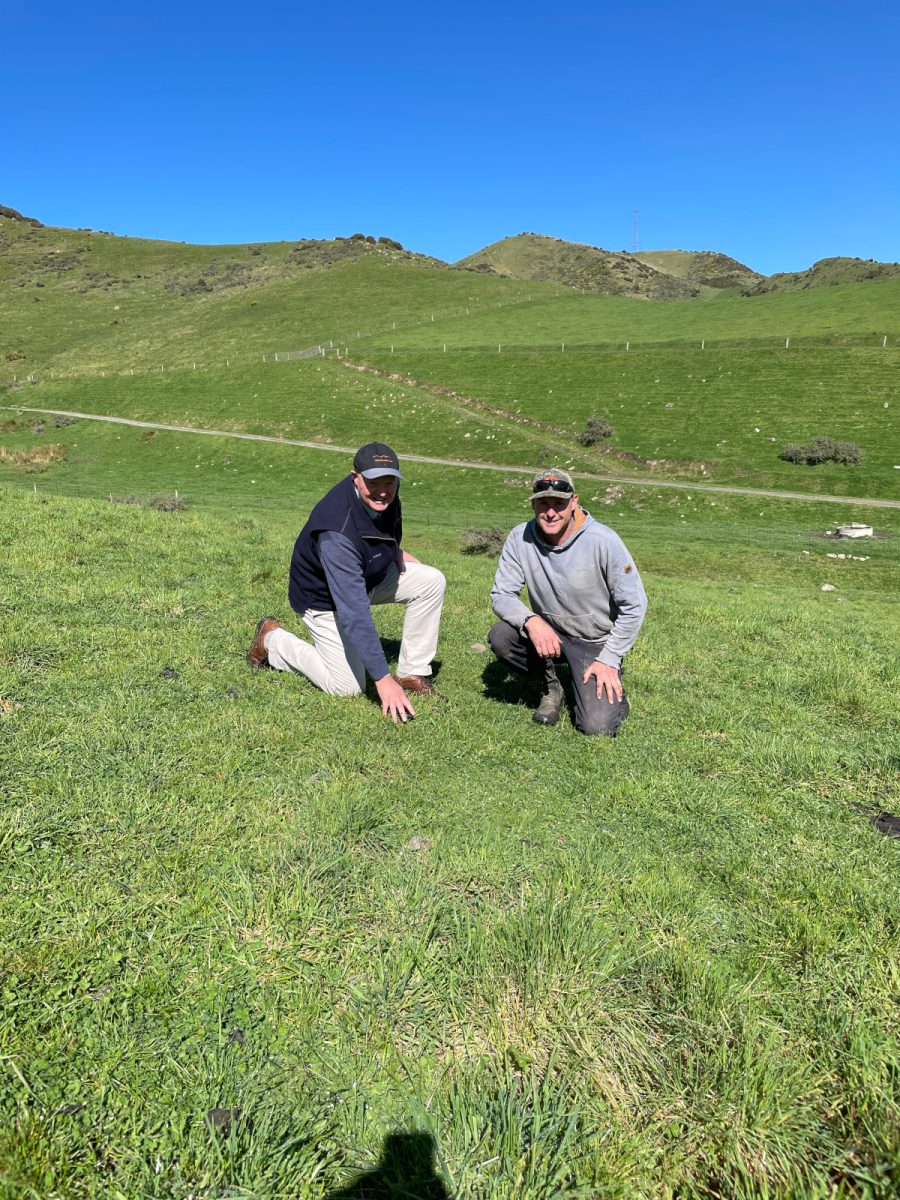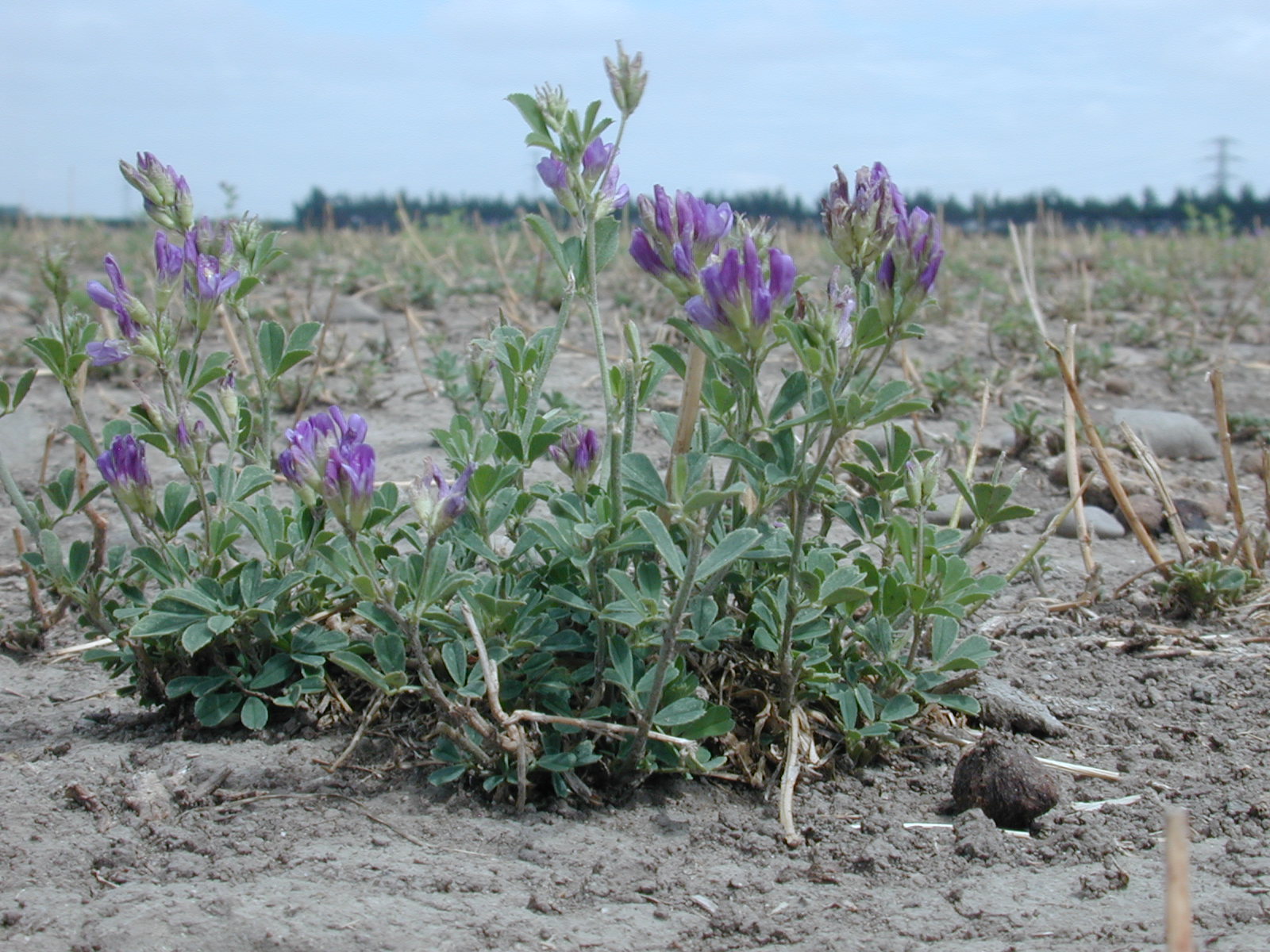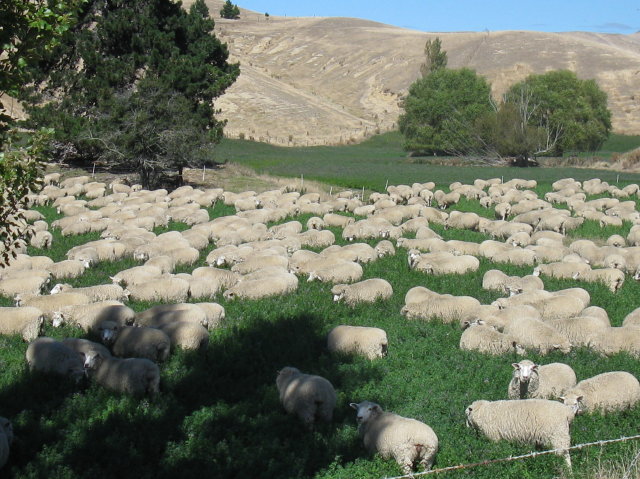Sub clover performing in North Canterbury
Prof Moot was out on farms in North Canterbury this week. He was impressed with the contribution of sub clover to many pastures with the white flowers just starting to show. The combination of sub and cocksfoot was a revelation on Mt Benger, with a high legume component and few weeds 6 years after establishment. … Read more









